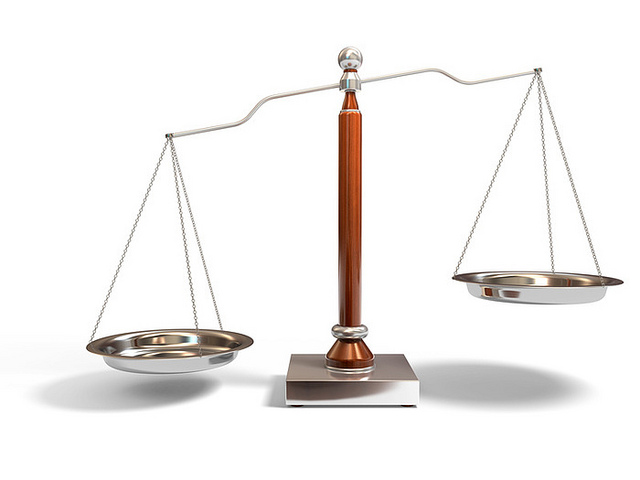 Hedge funds experienced the most asset growth of any alternative asset class in 2014, according to a Preqin report.
Hedge funds experienced the most asset growth of any alternative asset class in 2014, according to a Preqin report.
Despite scrutiny over low returns and high expenses, investors put more money into hedge funds in 2014 than private equity, infrastructure or venture capital.
More from Chief Investment Officer:
Despite a disappointing year for returns and some high-profile withdrawals from the sector, Preqin’s “2015 Global Alternatives Report” showed that hedge fund industry assets grew by roughly $360 billion during the year.
This accounted for more than half of the $690 billion increase in total assets invested across hedge funds, private equity, venture capital, private real estate, and infrastructure. In total, Preqin estimated $6.91 trillion was invested across these sectors.
“The recent news of CalPERS cutting hedge funds and reducing the number of private equity partnerships within its portfolio does not reflect the wider sentiment in the industry,” said Mark O’Hare, CEO of Preqin.
“From our conversations with investors, the majority of investors remain confident in the ability of alternative assets to help achieve portfolio objectives.”
However, Preqin predicted that investors would continue to scrutinise hedge fund performance and fees during 2015.
Preqin’s “2015 Global Alternatives Report” can be bought here.
